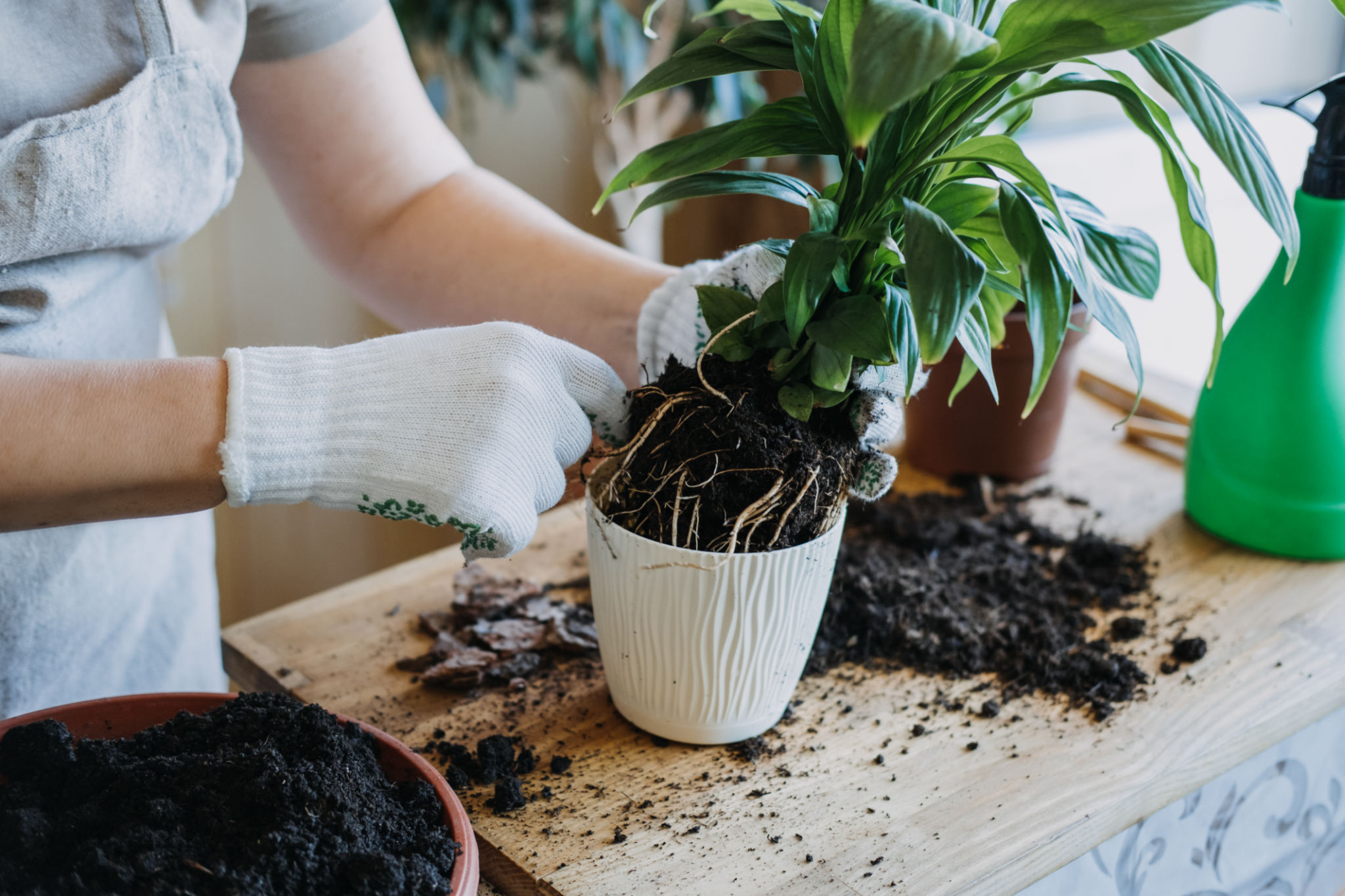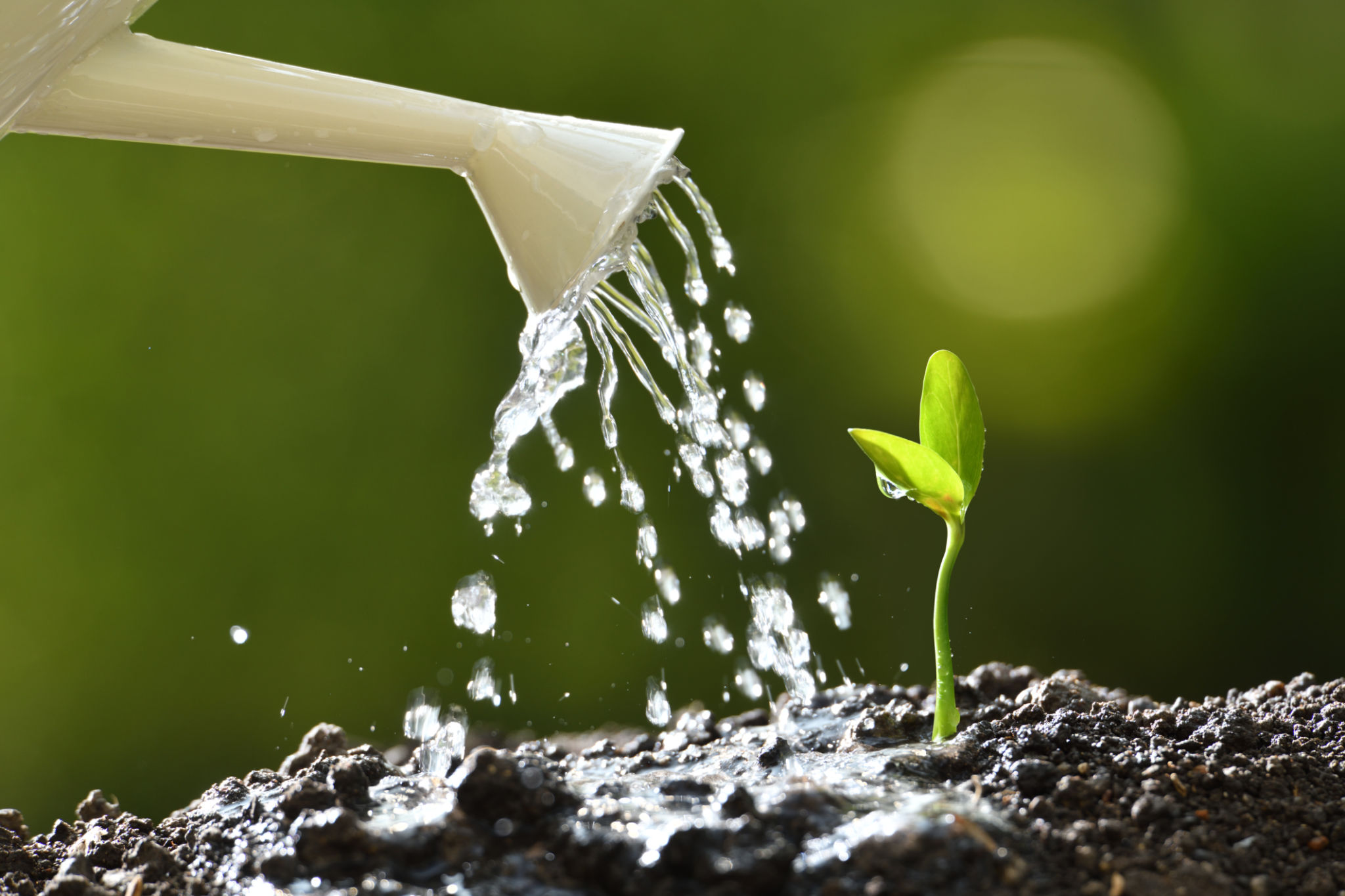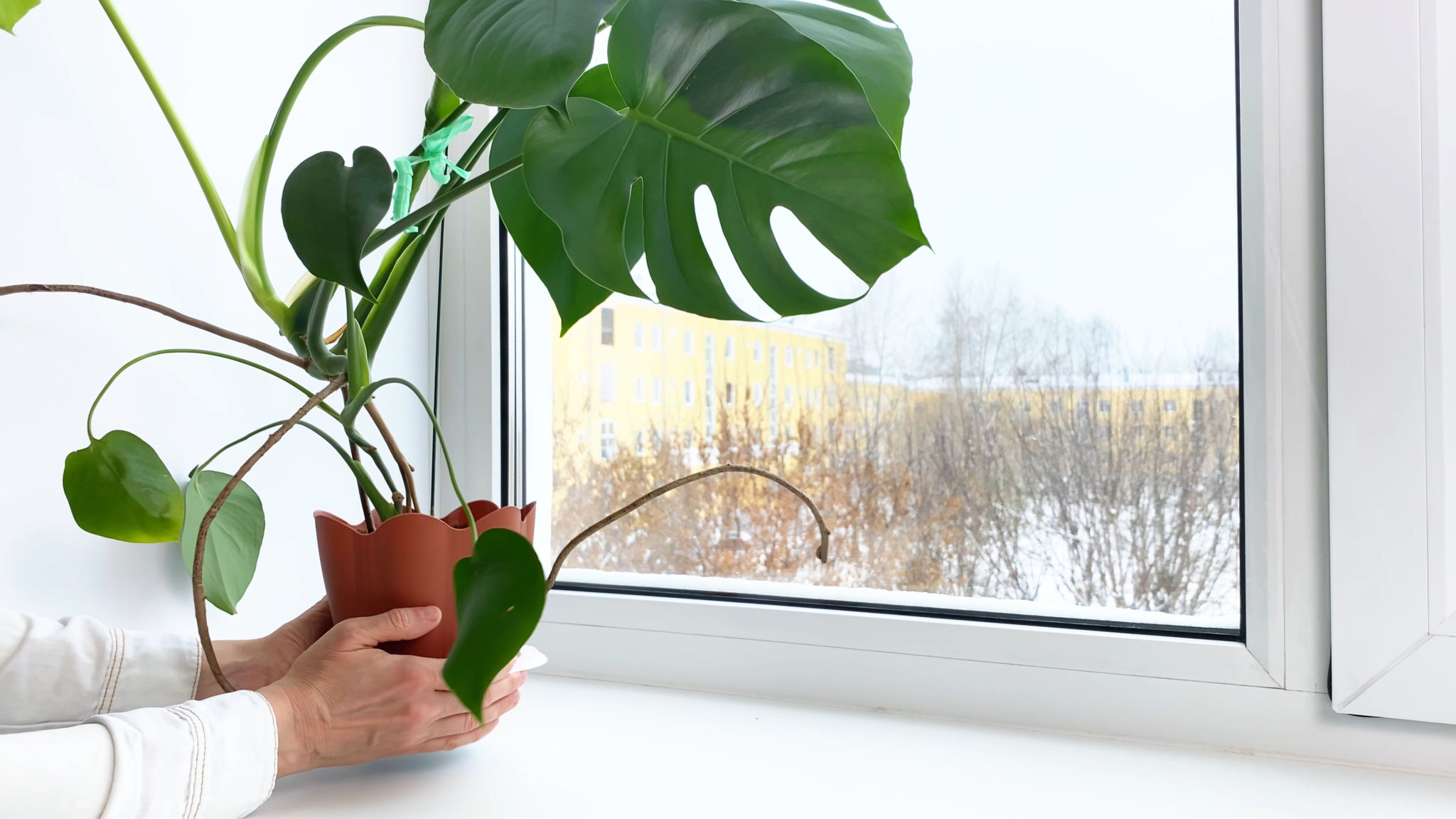How to Maintain Your Interior Garden: A Seasonal Care Guide
Understanding Your Interior Garden's Needs
Maintaining an interior garden can be a fulfilling hobby, bringing a touch of nature into your home. However, each plant has unique needs depending on the season. To ensure your indoor plants thrive year-round, it’s essential to understand these seasonal requirements. Whether you're a seasoned gardener or a beginner, this guide will help you keep your interior garden healthy and vibrant.
As the seasons change, so do the needs of your plants. Factors such as light, temperature, and humidity levels vary throughout the year, and adjusting your care routine accordingly is crucial. Let’s dive into how you can care for your indoor plants across different seasons.

Spring: Time for Growth
Spring is a period of renewal and growth. As daylight increases, many indoor plants begin to grow more vigorously. This is an ideal time to assess your plants' needs and prepare them for the coming months.
Repotting and Fertilizing
During spring, consider repotting plants that have outgrown their containers. This gives their roots more space to expand. Additionally, apply a balanced fertilizer to encourage healthy growth. Ensure you follow the instructions on the fertilizer package to avoid over-fertilizing.

Summer: Managing Heat and Light
With summer comes increased warmth and sunlight, which can be both beneficial and challenging for indoor gardens. It’s essential to monitor your plants closely during this period.
Adjusting Watering Habits
As temperatures rise, so does the rate of evaporation. Make sure to water your plants more frequently, but avoid waterlogging them. Checking the soil moisture regularly can prevent overwatering.
- Ensure proper drainage in pots.
- Mist plants that thrive in humidity.
- Avoid direct sunlight for sensitive leaves.

Autumn: Preparing for Dormancy
As the days shorten and temperatures cool, many plants begin to slow down their growth. This is a critical time to prepare your indoor garden for the dormant months ahead.
Pruning and Reducing Fertilizer
Autumn is an excellent time to prune any dead or overgrown branches. This helps the plant conserve energy during dormancy. Reduce or stop fertilizing as growth slows down, allowing the plant to rest.

Winter: Maintaining Warmth and Light
Winter poses unique challenges for indoor gardening due to reduced sunlight and colder temperatures. However, with some adjustments, you can keep your plants healthy throughout this season.
Maximizing Sunlight Exposure
Place your plants near windows that receive the most light, but be wary of cold drafts. Consider using grow lights if natural sunlight is insufficient. Keep an eye on temperature fluctuations and maintain a consistent environment for your plants.
- Avoid placing plants near heaters.
- Use a humidifier if indoor air becomes too dry.
- Rotate plants regularly for even light exposure.

Conclusion: Year-Round Care
Caring for an interior garden requires attention to seasonal changes but brings immense joy and satisfaction. By adjusting your care routine according to the seasons, you can ensure that your indoor plants remain healthy and thriving all year long. Remember, each plant is unique, so observe their specific needs and adapt accordingly.
With this seasonal care guide, you'll be well-equipped to enjoy a lush and vibrant interior garden no matter the time of year. Happy gardening!